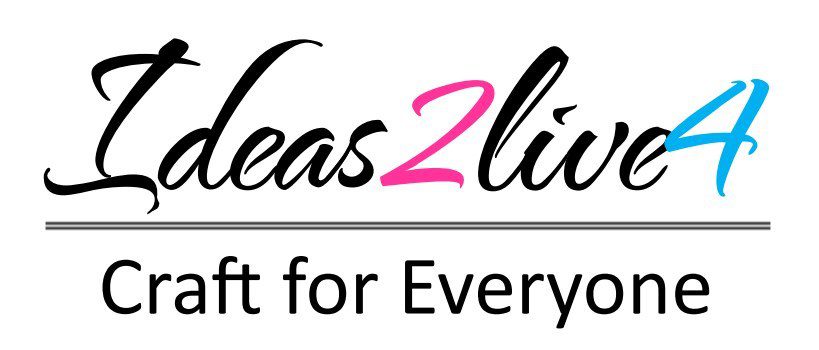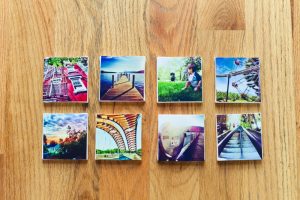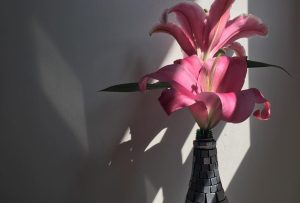Weaving has a rich history that dates back centuries, serving as a craft technique that has been used to create intricate patterns and sturdy structures. It requires a certain level of patience, precision, and creativity. However, with some basic knowledge of different types of weaving techniques, anyone can fashion exquisite and practical items, such as homemade coasters.
This blog post is an excellent resource for individuals who wish to delve into the art of weaving and create their own unique coasters. Here, we provide a comprehensive guide on five different weaving techniques that can be used to create impressive and one-of-a-kind coasters. Whether you’re a seasoned weaver or a beginner, these techniques will help you achieve stunning results.
This will comprehensively delve into various weaving techniques, equipping you with detailed instructions and invaluable tips to facilitate mastery of each technique. Ranging from basic techniques such as plain weave and twill weave to intricate alternatives such as herringbone and overshot, the guide offers comprehensive coverage of all necessary skills to create elegant and functional coasters.
By the end of this blog post, you’ll have the knowledge and skills to create one-of-a-kind coasters that everyone will love. So, are you ready to learn the five types of weaving techniques to get started?
Contents
5 Types of Weaving Techniques to Try on Your DIY Coasters
Different weaving techniques can be applied to various DIY projects, such as creating coasters. There are five types of weaving techniques that can be used to add unique textures and patterns to your homemade coasters. These include plain weave, twill weave, basket weave, rya knotting, and tapestry weave. Each technique involves different patterns of interlacing threads, resulting in a distinct look and feel.
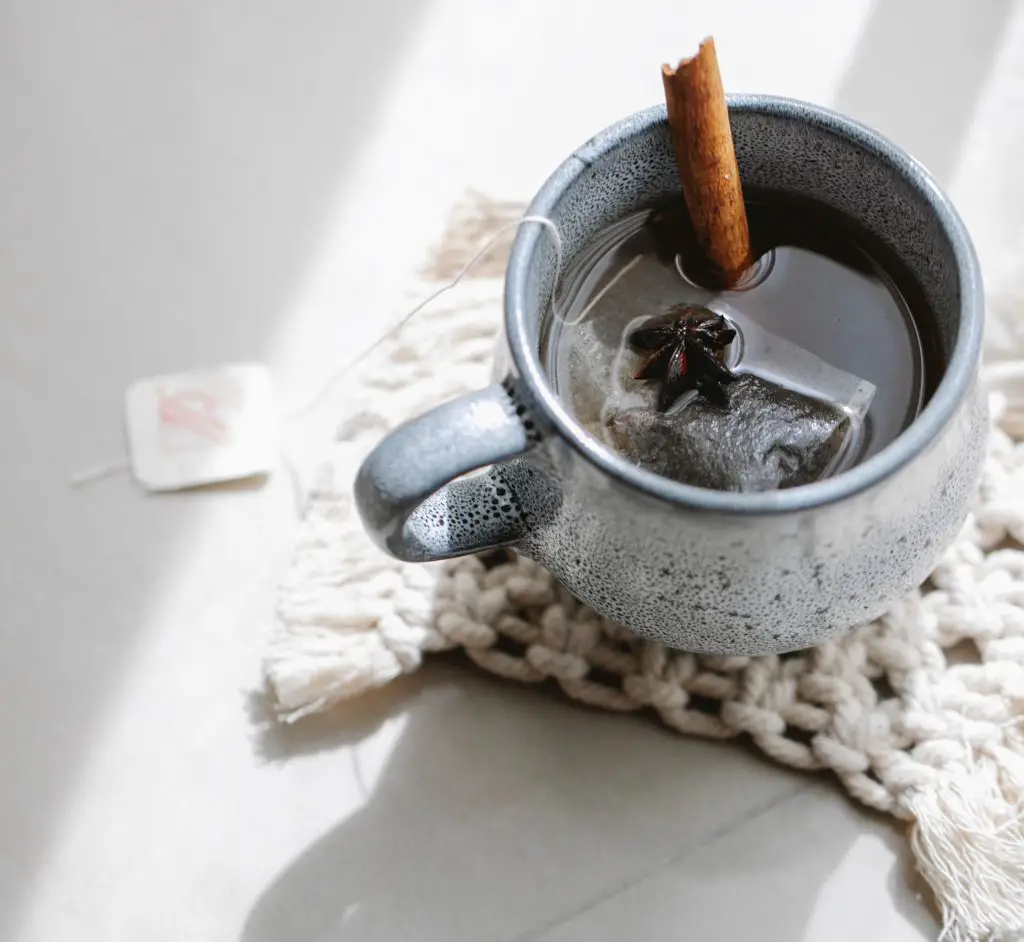
By experimenting with these different types of weaving techniques, you can craft coasters that are not only functional but also visually appealing.
1. Plain Weave
When it comes to creating your own DIY coasters, learning different types of weaving techniques is essential. One of the most common weaving techniques, and also the easiest one, is the plain weave. As the name suggests, the plain weave involves creating a simple over-under pattern. To create this woven structure, you will need to alternate a weft thread under and over warp threads.
This technique is great for beginners and allows you to create a tight and stable weave with very little effort. The plain weave is versatile and can be used for a wide range of coasters and other weaving projects, making it a valuable skill to learn for any DIY enthusiast.
Among the five different types of weaving techniques for DIY coasters, the plain weave is one of the first techniques that you should try.

2. Twill Weave
Various types of weaving techniques have been used for ages to produce beautiful and durable handmade items like coasters. One such technique is the twill weave, which is more advanced and creates a diagonal pattern in the weave. This technique adds texture to the coaster, which enhances its overall appearance. Twill weave produces a strong and durable fabric, making it ideal for coasters that will stand up to regular use.
To create a twill weave, you will need to weave over and under the warp threads in a specific pattern. The most common twill weave pattern is called a 2/2 twill, which means you will weave over two threads and under two threads. The key is to maintain the correct tension on the warp threads.
Then, after a few rows, you will notice that the pattern is creating a diagonal line in the fabric. To create a more distinct diagonal pattern, change the direction of the twill by weaving over one thread and under two threads.
Weaving enthusiasts often opt for twill weave because of the challenge it presents and the stunning results it produces. The twill weave is one of the five popular types of weaving techniques for DIY coasters, and it’s perfect for creating coasters that are both beautiful and durable.
3. Basket Weave
If you’re into crafting, weaving is a great way to add a personal touch to your decoration. There are several types of weaving techniques that you can use to create DIY coasters, and one of them is called basket weave. It uses multiple threads at once to create a checkerboard pattern that adds texture and interest to the coasters.

Basket weave is often used in rug weaving, but it can be adapted for other projects, like coasters. To weave using the basket weave technique, the weft threads are woven over and under the warp threads in a pattern that creates a checkerboard effect.
You can use different colours or textures of thread, you can make the pattern even more interesting. Give the basket weave technique a try if you want to add an intricate and unique look to your DIY coasters.
To create a basket weave, you will need to weave over and under pairs of warp and weft threads. Begin by weaving over the first pair of warp threads, then under the next pair, over the next pair, and so on. Then, on the next row, weave under the first pair of warp threads, then over the next pair, under the next pair, and so on.
It’s important to maintain even tension on the warp threads as you weave. Use a beater to press the weft threads tightly together, and adjust the tension as needed to keep the weave even.
As you continue weaving, you will start to see a checkerboard-like pattern emerge. To make the pattern more distinct, you can alternate the colour of the weft threads, using one colour for the over rows and another colour for the under rows.
This technique can add a unique and sophisticated touch to your DIY coasters. As one of the five types of weaving techniques for DIY coasters, it is sure to impress your guests and add charm to your home decor.

4. Rya Knotting
Rya knotting technique involves knotting short pieces of yarn onto a woven base. This creates a shaggy, textured effect that can be used to create interesting patterns.
To create a rya knot, first, cut the length of yarn to the desired length. The length of the yarn will determine the length of the shag. Tie the yarn around two adjacent warp threads, creating a loop. Then, pull the yarn through the loop and tighten the knot, making sure it is snug against the warp threads. Repeat this process, spacing the knots evenly across the fabric.
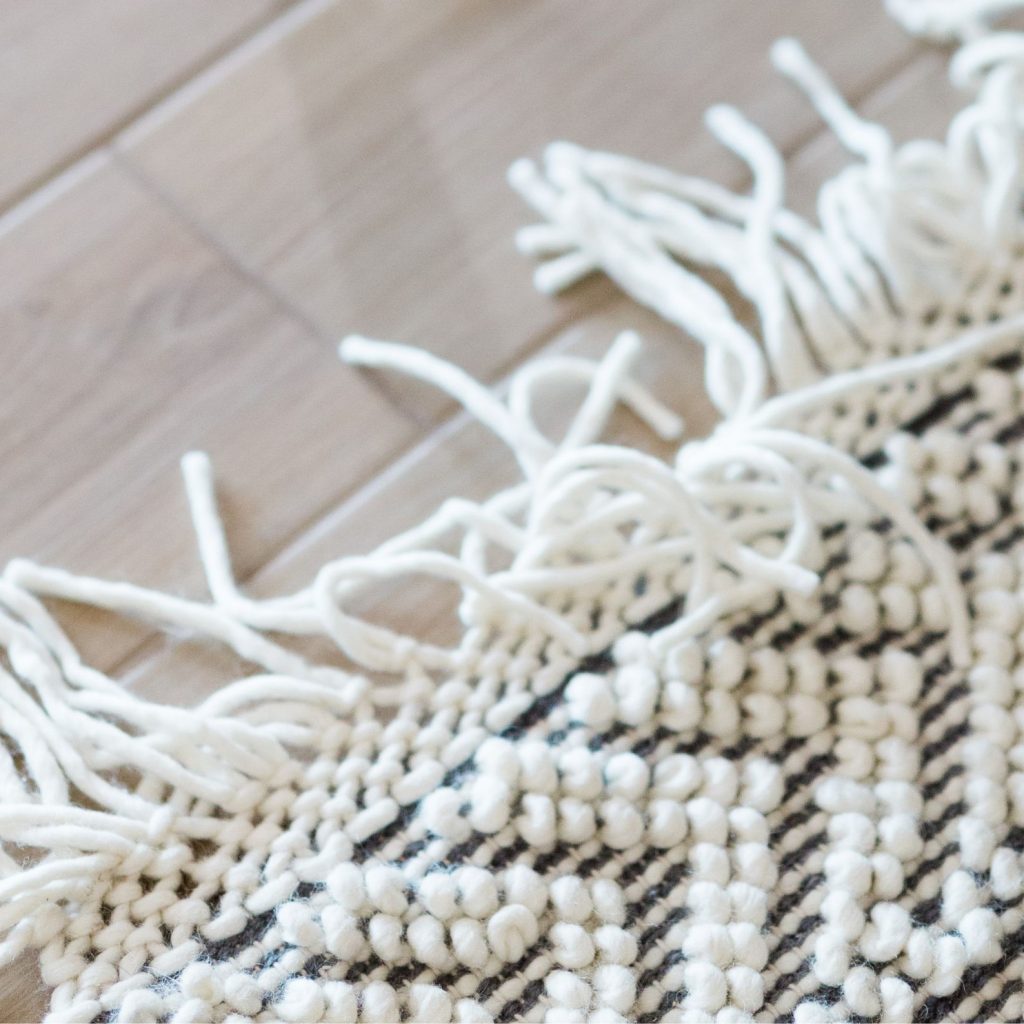
Once all of the knots are tied, trim the yarn to the desired length to create a shaggy texture. You can create patterns by knotting the yarn in different colours or in different densities. Rya knotting can be used to create a variety of decorative items, including rugs, wall hangings, and of course, coasters.
There are many ways to add a personal touch to your home decor with these various types of weaving techniques on coasters. You can create DIY concrete coasters, kitty stitched coasters, or anything else unique. They are easy to make and can be customized, with your favourite colours and designs.
5. Tapestry Weaving
This technique involves weaving colourful threads or yarns to create a design or picture. This can be a bit more complex, but the results can be stunning.
Unlike some other types of weaving techniques that focus on creating a uniform, repeated pattern, tapestry weaving is all about creating a unique and complex design. It allows for a great deal of creativity and artistic expression. The weaver creates a one-of-a-kind design that can incorporate a variety of colours, shapes, and textures.
In tapestry weaving, the weaver works with a weft thread, which is woven back and forth through the warp threads to create the design. The weft thread can be manipulated in a variety of ways to create different effects, such as blending colours or creating texture. This means that the weaver can create a wide range of designs, from simple geometric shapes to intricate landscapes or portraits.
When it comes to DIY coasters, these different types of weaving techniques can be a fun and creative way to add texture and interest to the items.
5 Tips and Tricks for Beautiful Coasters
If you’re a beginner when it comes to weaving, don’t worry! There are plenty of tips and tricks that can help you improve your weaving skills and create beautiful coasters.

1. Keep your weaving tight. It’s important to maintain consistent tension as you weave. If your weaving is loose, your coaster will be floppy and will not hold its shape.
2. Use the right materials. Choose strong, high-quality yarn or thread for your coaster weaving. This will ensure that your coaster is durable and usable.
3. Practice basic stitches. Familiarize yourself with the basic weaving stitches, such as the over-under stitch and the plain weave. Once you’re comfortable with these stitches, you can start to experiment with more complex techniques.
4. Experiment with colour and texture: Weaving is a great way to play with colour and texture. Try using different types of yarn, or mixing and matching colours to create a unique look.
5. Pay attention to details. Small details can make a big difference in the finished product. Take the time to make sure your edges are neat and tidy, and consider adding embellishments like tassels or fringe.
Summary
To sum up, different types of weaving techniques offer an abundance of options for creating unique and stylish DIY coasters. Whether you choose to work with traditional or modern approaches, there are a lot of possibilities, and the results are sure to impress.
With the understanding and motivation gained from the five weaving techniques discussed here, you can commence your coaster-making journey today.
These types of weaving techniques, ranging from simple to intricate, offer a wide range of options for creating unique and stylish coasters that will be extraordinary. Each of the techniques is explained, providing you with a comprehensive understanding of how to execute them.
From basic braiding to advanced knotting, these weaving techniques can be tailored to your skill level, enabling you to produce coasters that are both aesthetically pleasing and functional. With the different types of weaving techniques, you can take the first steps towards creating your coasters.
The knowledge and inspiration provided will give you a strong foundation on which to build your skills and develop your unique style. Whether you are a beginner or an experienced weaver, these types of weaving techniques provide you with the best possible options!
